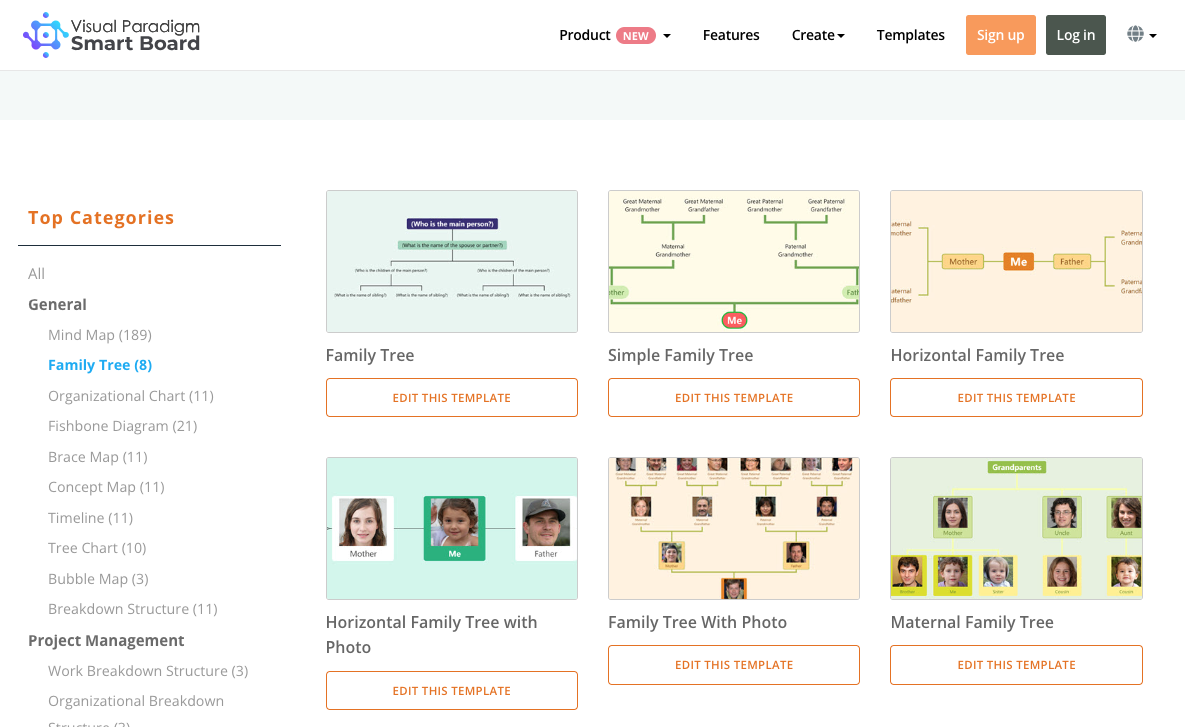
Embarking on the journey of tracing your family history can be an exciting and fulfilling endeavor. To navigate through the vast network of ancestors and relatives, a well-constructed family tree serves as an essential map. In this blog post, we will provide you with five valuable tips to create and effectively use a family tree as your genealogical map.
- Start with What You Know:
Begin your family tree by documenting the information you already know. Start with yourself, your parents, and your grandparents. Collect names, birth dates, marriage dates, and any other relevant details. This foundational information will serve as the roots of your family tree. - Gather Information from Relatives:
Reach out to relatives, both immediate and extended, to gather additional information. Interview family members, ask for photographs or documents, and listen to their stories. This collaborative effort will not only enrich your family tree but also foster connections and create opportunities for shared memories. - Utilize Online Resources and Tools:
Take advantage of the numerous online resources and genealogical tools available to assist you in constructing and expanding your family tree. Websites like Ancestry.com, FamilySearch.org, and MyHeritage.com offer access to vast databases, historical records, and helpful research tools. These platforms provide a wealth of information to enhance your genealogical map. - Organize and Verify Your Findings:
As your family tree grows, it is crucial to maintain organization and verify the accuracy of your findings. Use software or online platforms specifically designed for genealogical research to create a structured and easily navigable family tree. Cross-reference information, consult multiple sources, and cite your references to ensure the reliability of your map. - Share and Collaborate:
The beauty of a family tree lies in its ability to connect people. Share your family tree with relatives and invite them to contribute their knowledge and insights. Collaboration with family members can uncover new branches, correct inaccuracies, and deepen your understanding of your shared heritage. Online platforms also facilitate the sharing and collaboration process, making it easier than ever to connect with relatives worldwide.
Choosing the right tool:
Visual Paradigm Smart Board offers more than just a platform for constructing your family tree. Our tool is designed to enhance your journey of discovery. Take advantage of its advanced features, such as attaching photos, documents, and stories to individual profiles, to bring your ancestors to life. Delve into the rich history of your family, uncovering hidden stories and preserving cherished traditions for future generations.

Conclusion:
Creating and using a family tree as your genealogical map requires careful research, organization, and collaboration. By starting with what you know, gathering information from relatives, utilizing online resources, organizing your findings, and sharing your tree, you can construct a comprehensive map that will guide you through the intricate web of your family history. Embrace the journey,and let your family tree lead you to a deeper understanding of your roots and connections.

